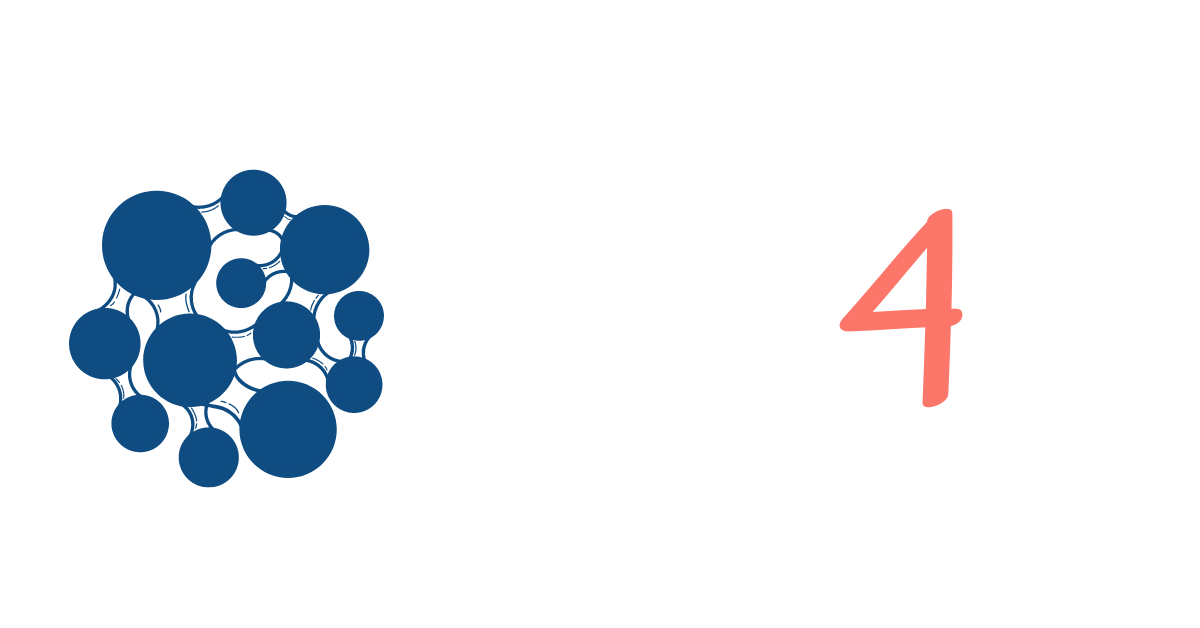Status, implications and challenges of European safe and sustainable by design paradigms applicable to nanomaterials and advanced materials
Publication category: Perspective Article
Publication date: February 2, 2023
Authors: Irini Furxhi, Anna Costa, Socorro Vázquez-Campos, Carlos Fito-López, Danail Hristozov, Juan Antonio Tamayo Ramos, Susanne Resch Margherita Cioffi, Steffi Friedrichs, Cris Rocca, Eugenia Valsami-Jones, Iseult Lynch, Sánchez Jiménez Aracelil and Lucian Farcal
Abstract: Current European (EU) policies, such as the Green Deal, envisage safe and sustainable by design (SSbD) practices for the management of chemicals, which cogently entail nanomaterials (NMs) and advanced materials (AdMa). These practices, applied at the earliest stages of innovation and throughout the life-cycle of chemicals, materials and products, could prevent and/or minimise their environmental, health and safety (EHS) and sustainability impacts. This requires a shift from the established risk control paradigms towards prevention-based approaches at the design stage that accelerate the development of safer and more sustainable chemicals, materials, products and processes, while promoting a transition towards a circular economy and a more sustainable future. The EU commission has funded several Horizon 2020 projects applying the concepts of SSbD to nanotechnologies, biotechnologies and advanced materials. This article is inspired from the answers and opinions shared during a stakeholders meeting arranged throughout the workshop entitled ‘Safe and Sustainable by Design Paradigms applied to NMs and AdMa’, held in Venice, Italy, in September 2022. The goal of the workshop was to identify differences and overlaps between the SSbD approaches and to provide common messages on the progress towards the implementation of concrete SSbD concepts, and to reveal challenges faced in their realistic and straightforward execution. In this article, we provide insights into the intersecting industrial domains, the technical and organisational challenges to the practical implementation of the SSbD, and future financial directions in supporting and maintaining the digital products currently under development within the H2020 projects, in order to ultimately enable their uptake by industry and regulators.
